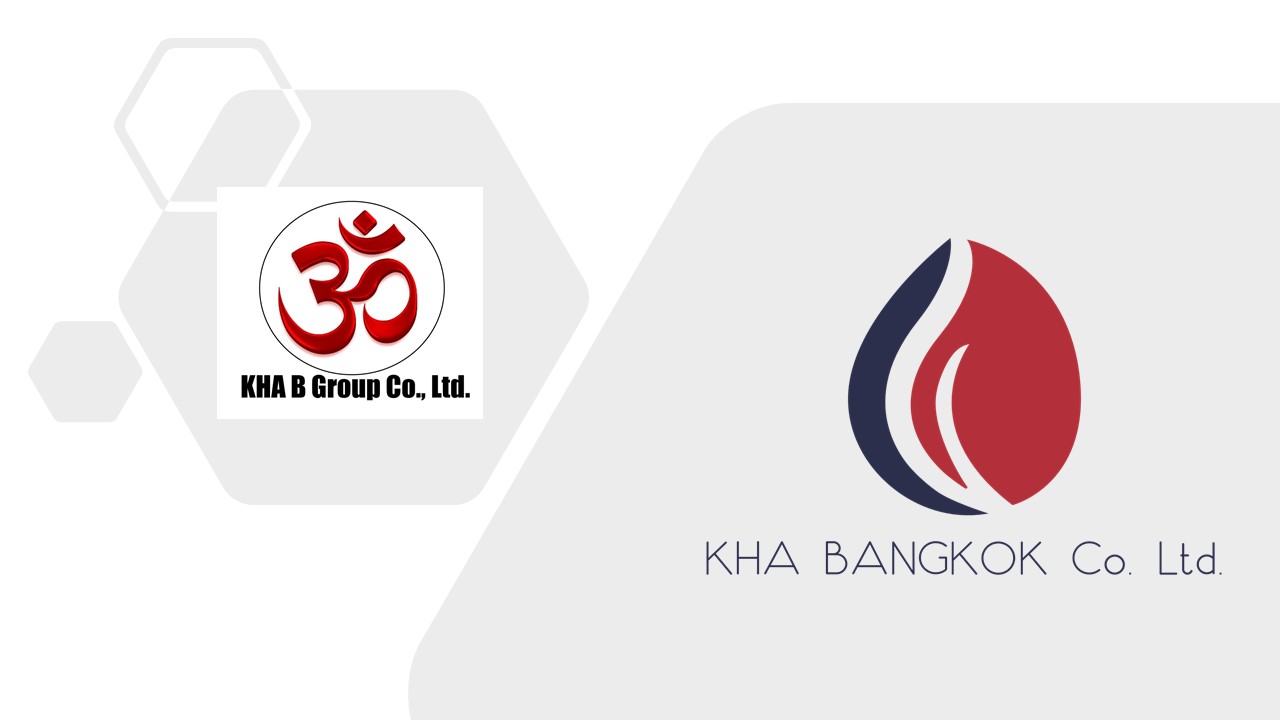With its 69.6 million people, just behind Indonesia, the Philippines and Vietnam, Thailand has the 4th largest population amongst South East Asian nations. Considered to be a middle-aged society, the highest proportion of the Thai population is made up of adults and senior adults, with each accounting for about 22% of the total population. People older than 60 account for about 17.14% while only about 37.9% are below 30 years old. Due to the rapid growth in its aging population, demand for quality dental services in Thailand is projected to increase, requesting, this group of the population, more complicated dental services. Public dental services, through the three national health insurance schemes, are available in all levels of public healthcare facilities, including health centers, community hospitals, provincial hospitals, and regional hospitals. Dentists and dental nurses provide dental treatment and prevention services at hospital level; in health centers primary dental care is mainly provided by dental nurses. However, half of all Thai dentists work in private dental clinics and private hospitals. Thus, the private sector plays an important role in providing services, especially in Bangkok and municipality areas.

Thailand Dental Market is at a growing stage and has highly fragmented market with MOS Dental as the market leader. Country has 200+ organized clinics and 5,000+ unorganized clinics. Thailand dental services market is in growth stage as there is moderate growth owing to rising independent dental clinic chains and dental tourism.
Key Findings
- The Kingdom of Thailand wants to stimulate its economy by becoming an international hub for medical and dental treatment.
- Cosmetic dentistry and implants are the growing field in the near future. This is because cosmetic dentistry is usually expensive but travelling to a dental hub like Thailand saves a lot of cost.
- The government is also increasing insurance coverage for dental care services through their public health schemes which would further increase demand for dental services.
Rising Dental Services Market: The rising age of the population is gearing them towards better oral health practices as well as increasing their demand for dental treatments. Dental services market is anticipated to witness significant growth over the forecast period due to the increasing accessibility, rising dental tourism and government initiatives.
Rise in the number of Dentists: The number of dentists is expected to rise in the coming years owing to the new opportunities in the dental services market. The increase in the overall population and dental tourism are considered to be the factor for these developments. The total number of Dentists in Thailand was 17,738 in 2021 growing with expected CAGR of more than 9 % over the period 2021-2026F. By 2025, the Thai population per dentist is expected to be around 2,500 people.
New Government Policies: The government provides dental coverage in its national insurance schemes for simple procedures and has introduced initiatives to expand access and awareness. The Thailand National Digital Healthcare Workforce Development Initiative (WDI) was officially launched to focus on the development of a three-year work plan to address the demand of patients for digital healthcare services in light of the Thailand 4.0 digitization journey.
Dental Services market is an emergent healthcare market in Thailand at a rebounding stage from the economic crisis after pandemic. The rising government policies and demand for cosmetic dentistry, dental consciousness among the population along with government initiatives is expected to contribute to the market growth over the forecast period. The market is expected to grow at a 7.1% CAGR during 2021-2026F owing to increasing accessibility, rising dental tourism and government initiatives.

Rising standard of living, growing urbanization and an expanding middle class are supporting the growth of dental clinics as well as increased expenditure on dental care services primarily for dental cosmetics and oral care products. Thailand’s aging society, especially in a decade’s time, will further increase oral health spending. The rising number of international tourists is the main growth drivers for expansion of premium medical clinics and dental clinics in Bangkok and critical spots for tourism such as Pattaya and Phuket. For dental clinics in rural areas, the rising number of dentistry graduates and the government initiative of “One District One Dentist” would be the primary growth driver of the expansion of the dental industry. The importation of dental equipment is regulated by the Medical Device Control Division, Food and Drug Administration, Ministry of Public Health, Royal Thai Government. To import dental equipment into Thailand, the importer needs to apply for and receive an import authorization/registration permit from the Thai FDA before the actual shipment.The Thai FDA accepts medical devices that pass the following standards: USFDA (U.S. Food and Drug Administration – USA), CE Mark (European), PAB (Pharmaceutical Affairs Bureau – Japan), TGA (Therapeutic Goods Administration – Australia), and SPAC (State Bureau of Pharmaceutical Administration of China – China). Although most dental products are imported into Thailand, oral care products such as toothpaste or dental consumable products such as plaster is mainly supplied by companies with local manufacturing facilities. Europe, the USA, Japan, Korea, and China are the primary sources of imported dental equipment.
Source K Research, TFDA, Infodent International


